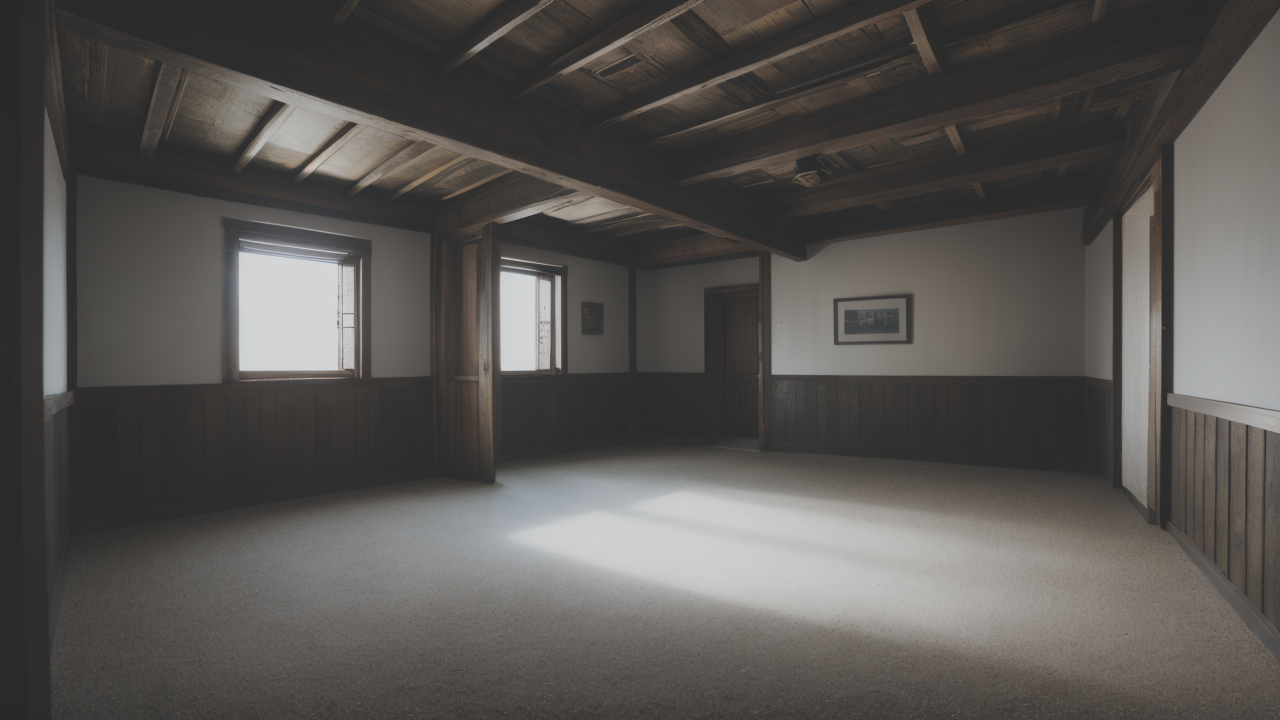
Wabi-Sabi Meets Modern Aesthetics: Curating the Perfect Set of Abstract Wall Art
Understanding Wabi-Sabi Art: A Modern Interpretation of Tradition
The Origins of Wabi-Sabi Art
Wabi-sabi is a Japanese aesthetic concept with deep roots in Zen Buddhism. It emerged in the 15th century as a reaction to the lavish and ornate styles of the time. The term "wabi" refers to simplicity and humility. "Sabi" means the beauty of age and wear. Together, they form a philosophy that values imperfection, impermanence, and incompleteness.

In art, wabi-sabi embraces natural materials, muted colors, and asymmetry. It finds beauty in the flaws and marks of time. This aesthetic has influenced various art forms, from pottery to painting. Today, it continues to inspire artists worldwide, offering a refreshing contrast to mass-produced perfection.
How Wabi-Sabi Philosophy Influences Modern Artists
Modern artists draw inspiration from wabi-sabi in unique ways. They create works that celebrate imperfection and transience. Many use natural or recycled materials to reflect the essence of wabi-sabi. They may leave rough textures or uneven edges in their pieces. Some artists focus on minimal designs, allowing negative space to speak volumes.
Color palettes often feature earthy tones and subtle gradients. Abstract forms are common, representing the fluid nature of existence. Artists may also incorporate elements of decay or weathering into their works. This approach creates pieces that feel timeless yet contemporary. It resonates with those seeking authenticity in an increasingly digital world.
Selecting the Right Wabi-Sabi Art for Your Space
Identifying Pieces that Resonate with Wabi-Sabi Aesthetics
When choosing wabi-sabi art, look for pieces that embody its core principles. Seek out works with:

- Natural materials like wood, clay, or handmade paper
- Muted, earthy color palettes
- Asymmetrical or irregular shapes
- Visible textures or imperfections
- Minimalist designs with ample negative space
- Signs of age or weathering
Consider abstract pieces that evoke a sense of tranquility. Look for artworks that feel organic and unforced. Handcrafted items often capture the wabi-sabi spirit well. Remember, the goal is to find pieces that bring a sense of calm and connection to nature into your space.
Factors to Consider When Purchasing Wabi-Sabi Art
When buying wabi-sabi art, keep these factors in mind:
- Size and scale: Ensure the piece fits well in your intended space.
- Color harmony: Choose colors that complement your existing decor.
- Material compatibility: Select materials that work with your room's atmosphere.
- Personal connection: The art should resonate with you on an emotional level.
- Authenticity: Look for pieces created with genuine wabi-sabi philosophy in mind.
- Versatility: Consider how the art might adapt to different spaces over time.
- Maintenance: Think about how the piece will age and any care it might need.
Remember, wabi-sabi art is meant to evolve. Choose pieces you can appreciate as they change over time. The right artwork will grow with you and your space, becoming more meaningful with age.
Incorporating Wabi-Sabi Art into Interior Design Trends
Integrating Wabi-Sabi Pieces with Contemporary Decor
Blending wabi-sabi art with modern interiors creates a balanced, soulful space. Here are some tips:

- Use wabi-sabi art as a focal point in minimalist rooms.
- Pair rustic wabi-sabi pieces with sleek, contemporary furniture.
- Create contrast with smooth surfaces and textured wabi-sabi artworks.
- Incorporate natural elements like plants or stones to enhance the wabi-sabi vibe.
- Use neutral color schemes to let wabi-sabi pieces stand out.
- Mix handcrafted wabi-sabi items with industrial-style decor for an eclectic look.
- Allow negative space around wabi-sabi art to emphasize its simplicity.
Remember, the key is to create harmony between old and new, perfect and imperfect. This balance will result in a space that feels both modern and timeless, reflecting the essence of wabi-sabi.
Case Studies: Successful Implementations of Wabi-Sabi Art in the US
Several US homes and businesses have successfully incorporated wabi-sabi art. In a New York loft, a large, abstract painting with earthy tones serves as a centerpiece. Its rough textures and muted colors contrast beautifully with the sleek, modern furniture. The overall effect is calming and grounding.
A California tech startup office features a series of wabi-sabi ceramic sculptures. These pieces, with their irregular shapes and natural glazes, add warmth to the otherwise minimalist space. Employees report feeling more creative and relaxed in this environment. The art serves as a reminder to embrace imperfection and find beauty in the process.
In a Seattle home, a collection of wabi-sabi inspired photographs lines a hallway. The images show weathered surfaces and natural decay. They create a thoughtful transition between rooms and encourage residents to pause and reflect. Visitors often comment on the peaceful atmosphere these artworks create.
These examples show how wabi-sabi art can transform spaces. It adds depth, character, and a sense of calm to various environments. By embracing this aesthetic, individuals and businesses create more meaningful, authentic spaces.


